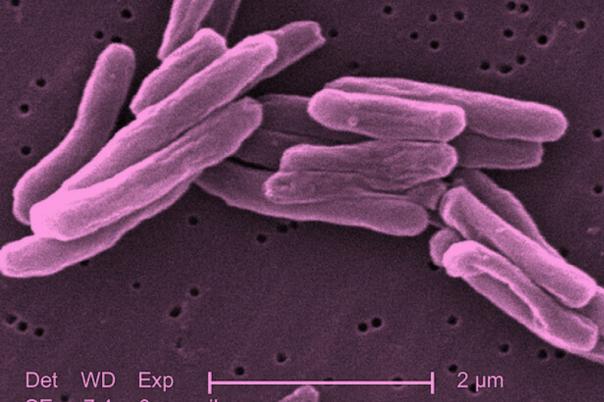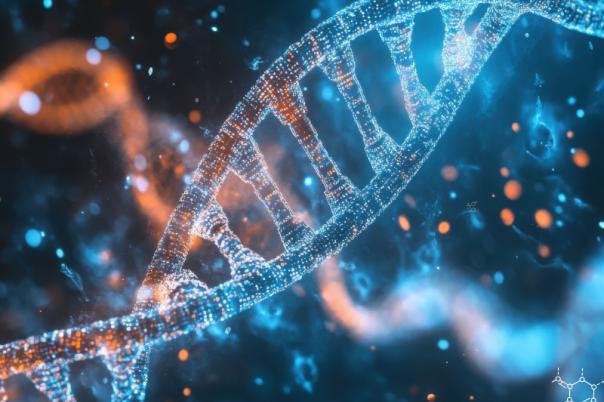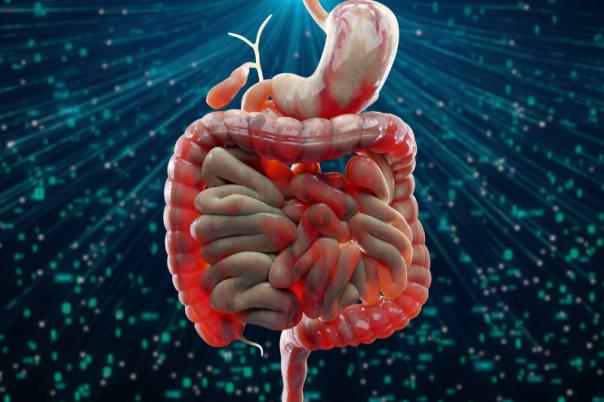Yufei Luo shared her research on using spatial transcriptomics to examine tumour heterogeneity in pancreatic ductal adenocarcinoma patients (PDAC). PDAC is a highly lethal and aggressive form of pancreatic cancer that is characterised by a dense and complex tumour microenvironment made up of cancer associated fibroblasts, immune cells and abundant extracellular metrics. The unique make up of the TME contributes to therapy resistance and tumour progression.
Luo wanted to compare both N0 and N1 stages so Samples from both N0 (no lymph node metastasis) and N1 (lymph node metastasis) stages were taken. The analysis conducted by 10X Genomics Visium platform revealed distinct cellular compositions and microenvironmental changes associated with tumour progression. For example, the N0 stages showed enhanced immune responses and stroma-rich environments, while N1 stages exhibited increased metabolic activity, endocrine and Schwann cell enrichment, and features promoting invasion and metastasis.
The first step of the workflow involved mapping cell type composition across the whole spatial spots, the second step identified consensus niches and the third step mapped cell-cell interactions within and between these niches to ensure biological validity. Regarding the second stage ten consensus microenvironmental niches were identified across patients, with two tumour-specific niches showing different cellular and molecular characteristics linked to prognosis and metastatic potential.
One of the major insights was that there is a shift from stroma-dominated to tumour/metabolism-driven microenvironments as PDAC progresses. Furthermore, tumour-stroma communication, especially via the extracellular matrix and cytokine axis, plays a key role in metastasis.In conclusion, the findings highlight potential biomarkers and therapeutic targets for disrupting pro-metastatic processes in PDAC. Therefore, this study reiterates the value of integrating computational and pathological analyses.





